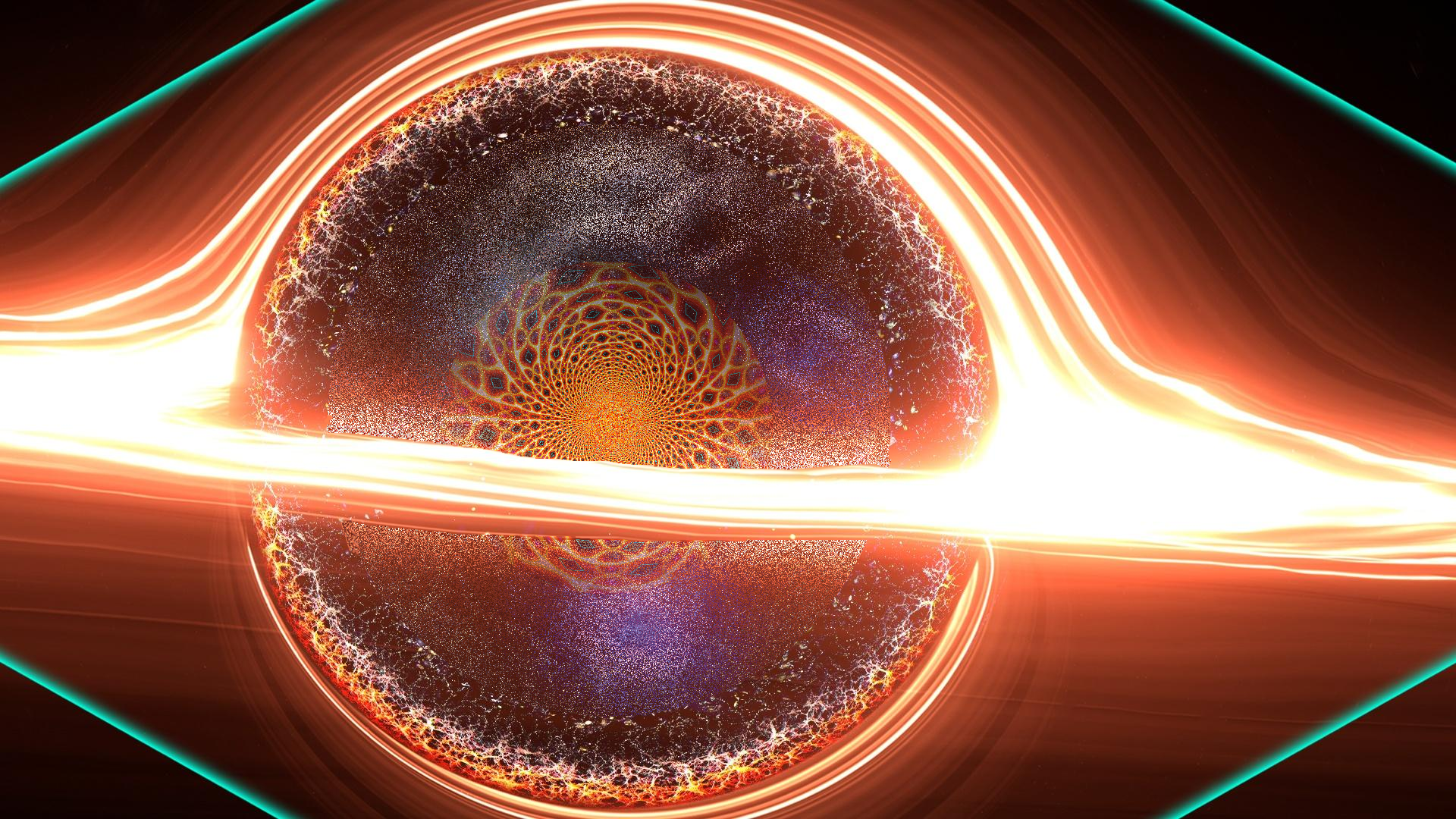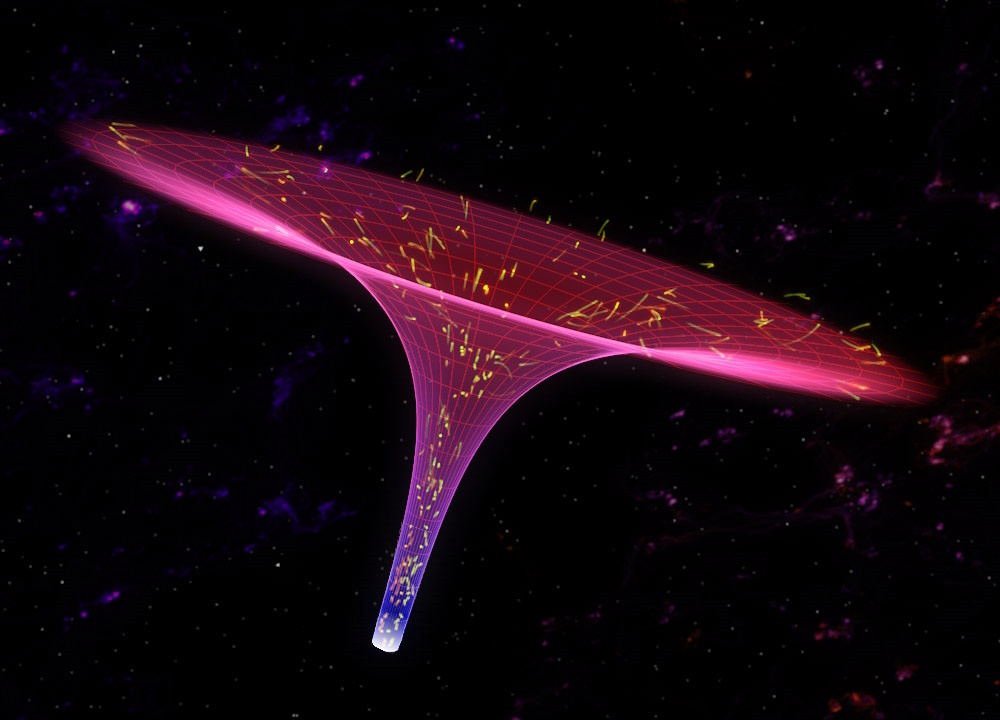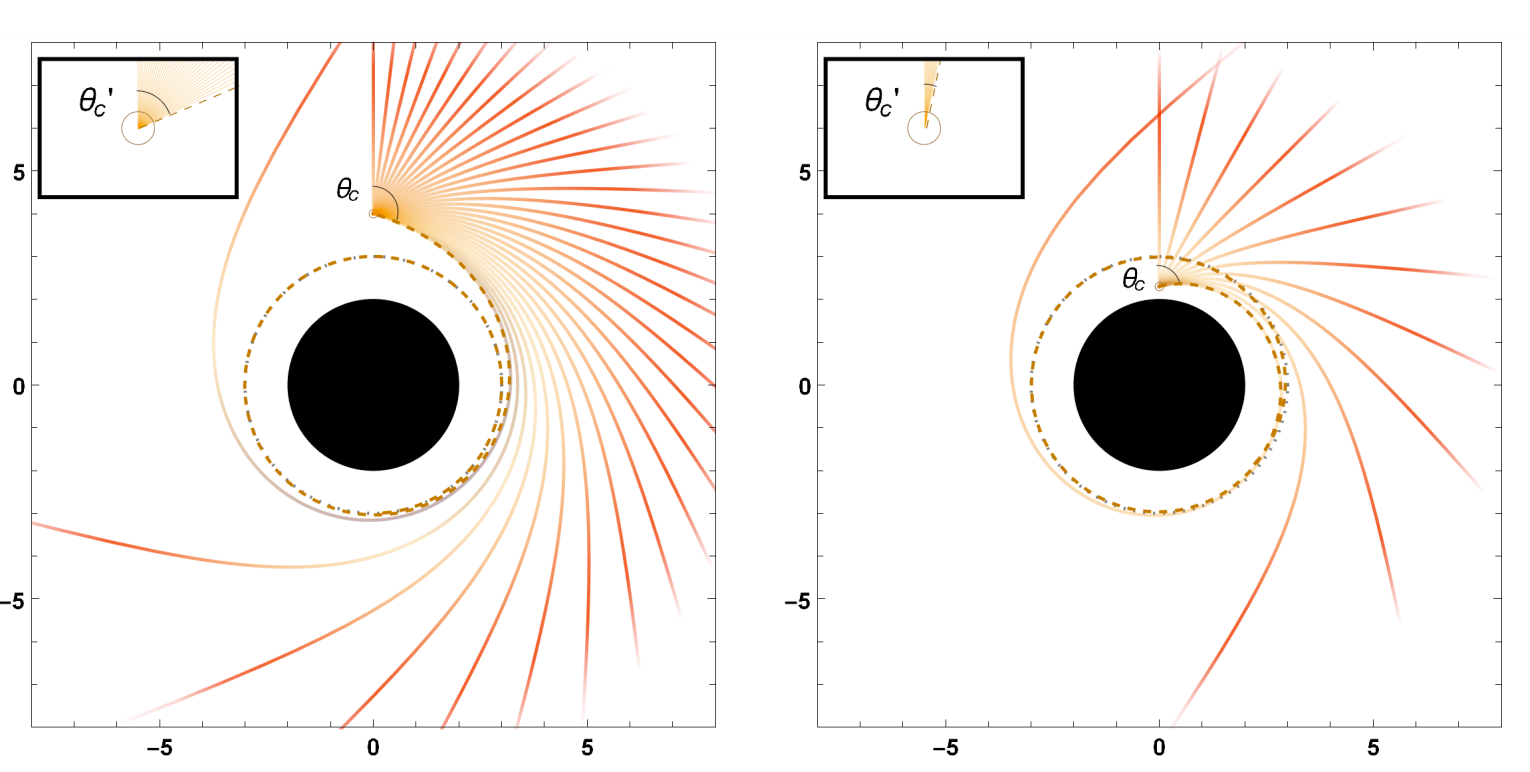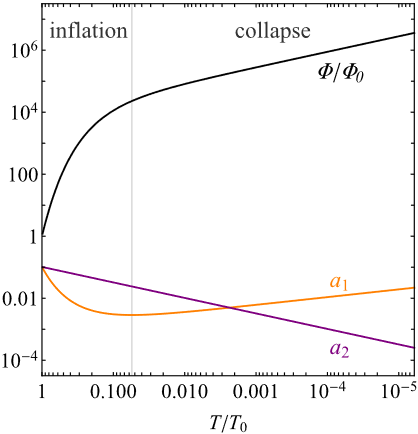A complete list of my current publications can be found in my CV at the bottom of this page, or alternative lists can be found on:
Paper spotlights: (abstracts without the jargon—click below to expand)

Title: "Semiclassical instability of inner-extremal regular black holes"
Date: 23 June 2023
Free online version: https://arxiv.org/abs/2303.03562
There's an implicit hope among many that black hole interiors can be fully modeled without needing any fancy new physics from quantum gravity. If that were true, a "semiclassical" approximation (adding a quantum field over a classical spacetime background) would be enough to resolve the singularity. In this paper, I built on a set of papers here and here that claimed to provide black hole models that not only are singularity-free but also are stable against mass inflation. They do this by replacing the singularity with a core of dark energy and fine-tuning the inner horizon so that its surface gravity vanishes. But although these models may work classically, when semiclassical effects are included, the inner horizon will always turn into a singularity. I calculated this 2 different ways: first by finding the effective temperature of Hawking radiation seen by someone falling in, and second by calculating the renormalized stress-energy tensor, which measures how strongly a quantum field can curve the spacetime around it. In both cases, these semiclassical quantities become infinite at the inner horizon, which implies either that a curvature singularity will form there or that the inner horizon will rapidly evaporate the black hole from the inside out.

Title: "Hawking radiation inside a charged black hole"
Date: 12 April 2023
Free online version: https://arxiv.org/abs/2301.12319
Hawking radiation is the faint glow of a black hole when it interacts with a quantum field. From far away, it's way too faint to be detected, but would it be brighter for someone falling into a black hole? In this paper I calculated the temperature of Hawking radiation for someone falling into an electrically charged black hole. Real black holes shouldn't have much electrical charge, but this model is useful because it retains many of the important features of more realistic black holes but is much simpler to work with because of its spherical symmetry. I find that the temperature of Hawking radiation becomes infinite and negative from the perspective of someone falling through the inner horizon. Infinities and negative temperatures are bad—what this implies is that our current classical models must break down in the region inside a black hole near the inner horizon.
The image comes from this news article about the work. Also check out my essay on the subject: "Pancakification and negative Hawking temperatures".

Title: "Notes on primordial black hole origin for thermal gamma-ray bursts"
Date: 27 January 2022
Free online version: https://arxiv.org/abs/2111.07045
What happens if a tiny black hole falls into a bigger black hole? I wrote this paper in response to another paper published half a year prior, in which the author claimed that such an event could be detected and is the cause of thermal gamma-ray bursts. If this were true, it would mean the verification of the existence of the tiny "primordial" black holes that are speculated to have formed in the early Universe shortly after the Big Bang. In the spirit of healthy scientific debate, in this paper I explored this hypothesis and found that it cannot be true. If a tiny black hole (which will be brightly glowing with Hawking radiation, if it's small enough) approaches a larger black hole, its radiation will only spread diffusely across the sky, dimming and redshifting and slowing down until it can no longer be seen. In reality, the gamma-ray bursts that we see are usually associated with either supernovae (the explosion of a collapsing massive star) or kilonovae (the collision of two massive stars).

Title: "Geometry near the inner horizon of a rotating, accreting black hole"
Date: 9 April 2021
Free online version: https://arxiv.org/abs/2102.10402
Our current models for black holes have a problem. The Kerr metric for rotating black holes fits observations quite nicely for the region outside the event horizon, but on the inside, any particle that falls in will disturb the empty spacetime so much that it will form a curvature singularity at a special place called the inner horizon (see Mass Inflation). In this paper, I developed a model that gives a more realistic picture of what the inside of a rotating black hole would look like when particles are falling in (as they most definitely do in our current Universe). As you approach the inner horizon, you can model your movement with a time parameter T that drops from 1 to 0. At first, all the particles around you increase energy rapidly during the "inflation" regime shown on the plot to the right (the black curve labeled Φ measures particle energy density). But then, mass inflation slows during the "collapse" regime as you begin to be stretched in the radial direction (the orange curve a1) and squashed in the transverse directions (the purple curve a2). This is your final fate: getting spaghettified as you approach a spacelike singularity. With the inclusion of steady accretion, there is no longer an inner horizon to pass through, no wormholes, and no parallel universes.
Curriculum Vitae (click here to view in browser):